Two-Sided Design: This grooming brush typically has two sides with different functions:
Shedding Side: One side is equipped with fine, closely spaced teeth or bristles designed to remove loose fur, dirt, and debris from your pet’s topcoat. Regular use of this side helps reduce shedding and keeps your pet’s coat looking tidy.
Dematting Undercoat Rake Comb Side: The other side typically features longer, wider-spaced teeth or blades designed to gently work through knots, tangles, and mats in your pet’s undercoat. This is especially helpful for pets with long or dense fur prone to matting.
Stainless Steel Construction: The use of stainless steel ensures durability and makes it easy to clean and sanitize the brush after use. Stainless steel blades or teeth are less likely to rust or corrode, ensuring a longer lifespan for the grooming tool.
Knot and Tangle Removal: The dematting side of the brush is particularly useful for tackling mats and tangles, which can be uncomfortable for your pet and lead to skin issues if left unaddressed. Regular grooming with this comb helps prevent these issues.
Reduces Shedding: The shedding side helps remove loose fur from the topcoat, which can significantly reduce the amount of pet hair in your home. This is especially beneficial during shedding seasons.
Ergonomic Handle: Many of these brushes come with ergonomic handles that provide a comfortable grip for the person doing the grooming, making the process easier and less tiring.
Suitable for Dogs and Cats: These brushes are versatile and can be used on both dogs and cats, provided they have the appropriate coat types. However, it’s essential to be gentle and careful when using it on your pet, especially if they have sensitive skin.
Regular Grooming Benefits: Regular grooming not only keeps your pet’s coat looking its best but also promotes healthy skin and can be a bonding experience between you and your pet.
Before using this type of grooming brush, it’s crucial to understand your pet’s coat type and needs. Different breeds have different grooming requirements, so it’s a good idea to consult with a veterinarian or professional groomer for guidance on the best grooming practices for your specific pet.
Always be gentle and patient when using grooming tools on your pet, as harsh or rough handling can cause discomfort and even injury. Regular grooming sessions can help keep your pet’s coat in top condition and contribute to their overall well-being.
Frequency of Use: The frequency of grooming depends on your pet’s coat type and individual needs. Long-haired breeds may require more frequent grooming to prevent matting, while short-haired breeds may need less frequent grooming to control shedding. Establish a regular grooming schedule that suits your pet’s specific requirements.
Gentle Approach: When using the dematting side of the brush, be gentle and patient, especially when working through knots and tangles. Pulling too hard can cause discomfort or pain for your pet and potentially damage their coat. Start at the tips of the fur and work your way up slowly, being careful not to pull on the skin.
Preparation: Before using the brush, it’s a good idea to inspect your pet’s coat for any significant mats or tangles. If you encounter a particularly stubborn mat, it may be necessary to carefully cut it out with scissors or consult a professional groomer for assistance.
Clean the Brush: After each grooming session, clean the brush thoroughly to remove any trapped fur, debris, or dirt. This not only keeps the brush in good condition but also ensures that it remains hygienic for your pet.
Safety First: Pay close attention to your pet’s body language during grooming. If your pet appears uncomfortable, agitated, or in pain, stop immediately and reassess your approach. Grooming should be a positive experience for your pet.
Regular Baths: While a grooming brush can help maintain your pet’s coat, regular baths with pet-friendly shampoo are also essential for cleanliness and skin health. Consult your veterinarian for advice on an appropriate bathing schedule.
Professional Grooming: Depending on your pet’s breed and grooming needs, it may be beneficial to take them to a professional groomer periodically. Groomers have the expertise and tools to provide a more thorough grooming experience, including trimming, shaping, and specialized treatments if necessary.
Allergies and Health Concerns: Be aware of any allergies or skin sensitivities your pet may have. If you notice excessive itching, redness, or irritation after grooming, consult your veterinarian, as these could be signs of underlying health issues.
In summary, a two-sided grooming brush with a shedding and dematting side can be a valuable tool for pet owners who want to maintain their pets’ coats. Regular, gentle grooming not only keeps your pet looking clean and healthy but also strengthens the bond between you and your furry friend. Always prioritize your pet’s comfort and well-being during grooming sessions, and don’t hesitate to seek professional advice or assistance when needed.
Start Grooming Early: If you have a puppy or kitten, introduce them to grooming at an early age. This helps them become accustomed to the process, making future grooming sessions easier and less stressful for both you and your pet.
Brush Different Areas: Pay attention to all areas of your pet’s body, including legs, belly, tail, and underarms. These areas can also develop mats or tangles and may require special attention.
Use Treats and Positive Reinforcement: To make grooming a positive experience for your pet, reward them with treats and praise during and after the session. This can help create a positive association with grooming and make it more enjoyable for your pet.
Adjust Pressure: Vary the pressure you apply with the brush depending on the area and your pet’s comfort level. Be gentler around sensitive areas and firmer when tackling tangles or mats.
Monitor for Skin Issues: While grooming, keep an eye out for any signs of skin issues such as redness, sores, or unusual lumps. If you notice anything unusual, consult your veterinarian for a thorough examination.
Choose the Right Brush for Your Pet: There are various types of grooming brushes and combs available, each designed for different coat types. Make sure you select one that suits your pet’s specific needs. For example, some brushes are better for long-haired breeds, while others work well for short-haired ones.
Regular Maintenance: Periodically inspect the brush or comb itself. Check for any bent or broken teeth, and replace the tool if necessary to ensure it remains effective.
Seasonal Grooming: Many pets shed more during specific seasons. Adjust your grooming routine accordingly. More frequent grooming during shedding seasons can help keep your home cleaner and your pet more comfortable.
Consult a Professional: If you’re unsure about how to use the grooming brush or if your pet’s coat requires special care, don’t hesitate to consult a professional groomer. They can provide guidance and perform more extensive grooming services when needed.
Be Patient: Grooming can take time, especially if your pet has a thick or tangled coat. Stay patient and calm throughout the process to minimize stress for both you and your pet.



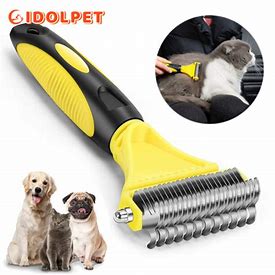
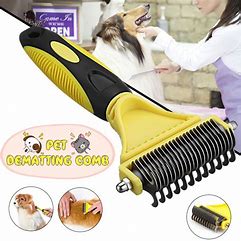
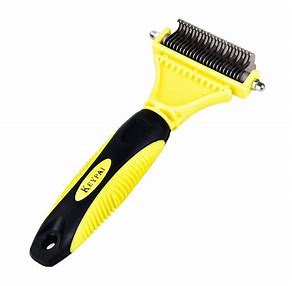
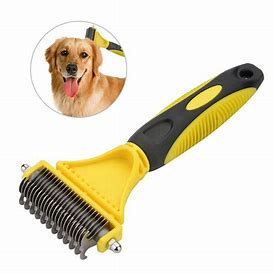
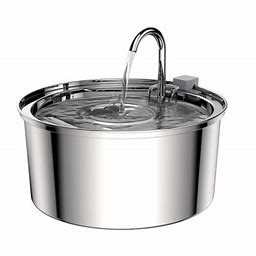
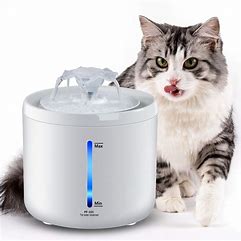
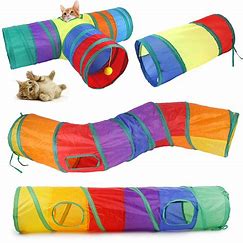


Reviews
There are no reviews yet.